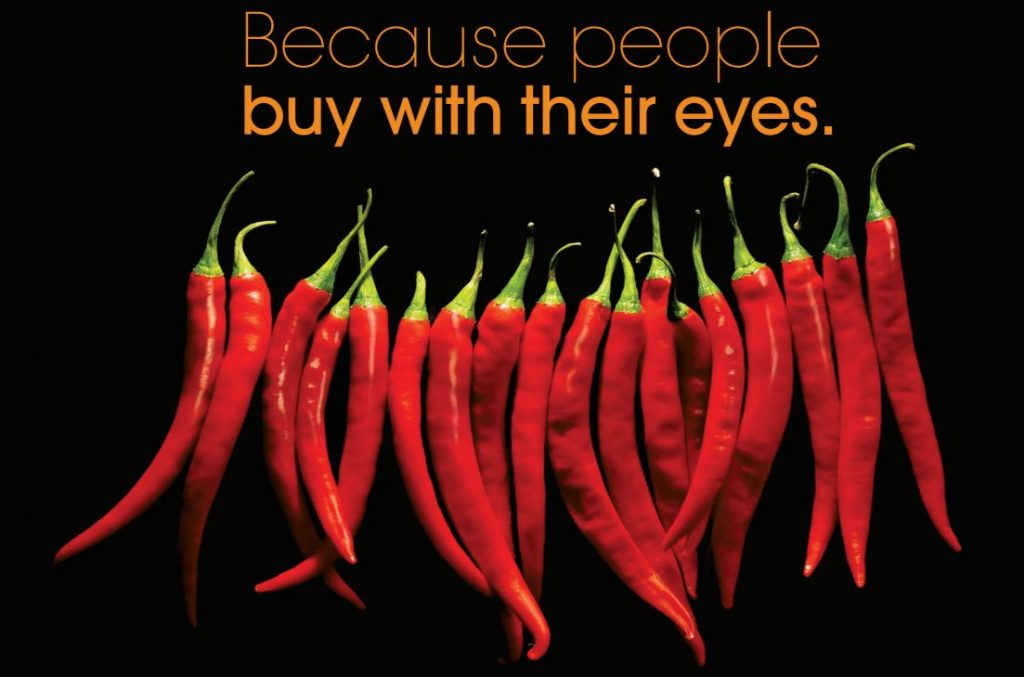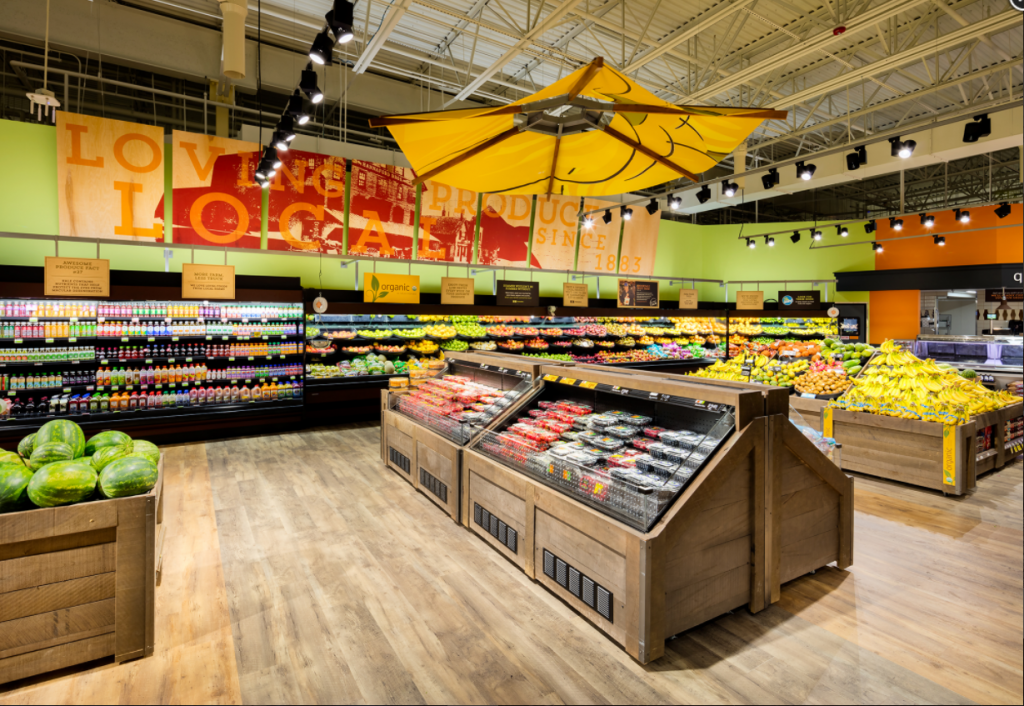Achieve the Absolute Freshest-Looking Meats, Produce and Flowers with LEDs

From a nutritional perspective, meat that’s turned brown (oxidized) is the same as red meat. But, given the choice, we would all choose the red meat over the brown meat—it looks fresher!
When it comes to fresh foods and flowers, appearance is critical. We associate freshness with taste and nutrition and we’re generally willing to pay a premium for the freshest food.
A study by the National Grocer’s Association found perimeter fresh foods are the number one attraction at the grocery store for two-thirds of adult shoppers. After clean displays, the appealing appearance of fresh food is the top interest for shoppers.
Perimeter fresh foods are expected to become more important for grocers as competition with online retailers on dry goods increases. Thus, how fresh food is presented to shoppers is vital.
A simple and effective solution for supermarkets is the lighting in their fresh food displays.
Think about it—ever seen yourself in the mirror under fluorescent office lighting? It’s not a good look, especially when compared with the golden light from the setting sun, or the soft light from the candles in a nice restaurant.
Lighting makes all the difference.

And the scientific research shows foods look freshest under LEDs: a study in the Journal of Animal Science objectively measured the redness of meat under low UV fluorescent lights compared with LEDs. The meat under LEDs oxidized far slower than the fluorescent and maintained a bright red color over several days.
Quality LED lighting brings out the colors that are already in fresh foods, making them appear bolder and brighter, while also extending the shelf life of the products. What LED lighting doesn’t do is change anything about the product—e.g. using a red-tinted light on meat to make it look redder—which would be illegal.
The reason food looks fresher under LED lighting is the way we perceive light and color.
Light is made up of a spectrum of different wavelengths and we see the wavelengths that are not absorbed by what the light shines on. Fluorescent lighting for example, emits high levels of green and yellow wavelengths and less red and blue wavelengths. This causes red meat to look more brown or gray, while white fat and bones take on a yellow or greenish tint.
LEDs are closer to natural sunlight—the “perfect” standard humans measure against—than legacy light sources like halogen and fluorescent. Under LEDs, whites are crisper, and colors are deeper.
As a bonus, LEDs emit almost no UV rays. UV rays prematurely age fresh items, so products last longer under LED light.

